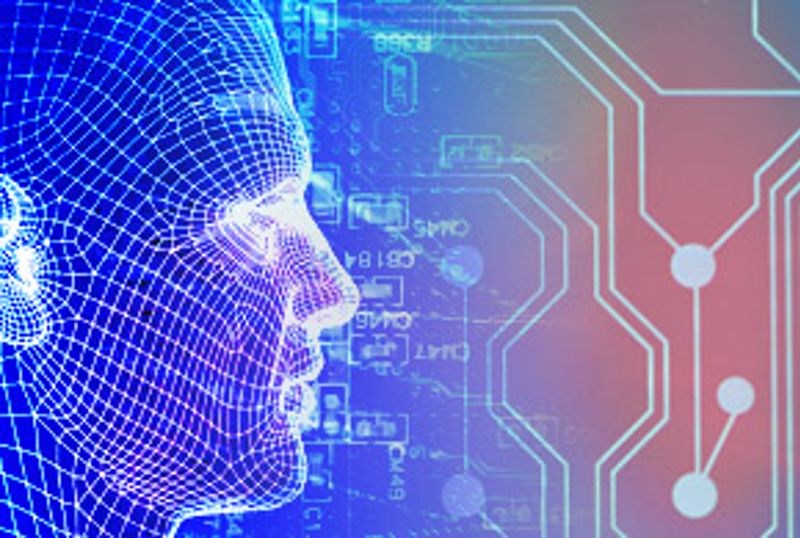
AI and machine learning is helping researchers unlock COVID-19 treatments
By Max BurkhalterNovember 3, 2020
Throughout the COVID-19 pandemic, new technology has helped companies and individuals stay connected and navigate the unique challenges of lockdowns and work from home. Technological innovation, specifically artificial intelligence and machine learning, may ultimately help bring the pandemic to an end as well. According to the Washington Post, AI programming is being used to find patterns in the massive amounts of COVID-related data being created each day, patterns which scientists can then hopefully turn into treatments.
Searching for trends
Scientists first started finding uses for AI in the early months of the COVID-19 pandemic, when information on the virus was extremely limited and needed to be gathered rapidly. In April 2020, a computer program used to sort through medical records found a correlation between the loss of taste or smell, known as anosmia, and COVID-19 positivity. While previously reported only anecdotally, the computer sorting program's deep dive on the incoming data allowed the Center for Disease Control and Prevention to add anosmia to the official list of COVID-19 symptoms.
Perhaps the largest AI-based COVID-19 research project currently in the works is a massive database being compiled by the National Institute of Health from hospitals around the world. The project is a unique challenge, requiring a team to gather data from a mix of computer systems, companies and nations. The process is expected to take years, but with the first results becoming available as soon as December, 2020. Ultimately, while an intensive process, the NIH hopes that having such a database means that AI medical research can be conducted even more efficiently in the future.
"The human brain becomes pretty quickly overwhelmed by the permutations and combinations of these things… But when you put AI into it, it can run countless simulations and can home in on important stuff very quickly and effectively," said NIH scientist Bill Kapogiannis, speaking with the Washington Post.

Back to the future
In addition to using AI to look at incoming COVID-19 data, scientists are implementing the technology to look back at already existing diseases and treatments for parallels with our current moment, according to the healthcare sector publication Pharmaphorum. By running medical literature on previous viruses through an AI program, researchers are looking for parallels between COVID-19 and other diseases. By doing so, scientists can get an idea of what existing treatments may be useful in the battle to save lives during our current pandemic.
Healthcare companies are also mining data, using programs like the Google DeepMind to (among other things) predict the structure of COVID-19 proteins. Understanding protein structure is essential to developing a vaccine that will trigger the most effective immune response possible in patients.
While the use of AI to mull through data has yielded progress, the approach is not without its detractors. When the new technology was first pioneered, some experts felt that the practice of taking existing data and looking for patterns, rather than starting with a hypothesis using a controlled experiment to create data that proves or disproves it, is an unscientific approach, according to the Washington Post.
In addition, some in the healthcare sector worry that the disconnect between the time it takes to access the large amount of hospital data needed to find trends and when treatments are needed could leave many sick people waiting for longer than they should. According to Harvard University bioinformatics researcher Isaac Kohane, challenges consolidating data about blood clotting and COVID-19 meant that blood thinners were not used as a treatment method as soon as they should have been, potentially costing lives.
Ultimately, though it has not been implemented perfectly, the use of AI and machine learning in medical research has led to great strides in COVID-19 research. As the months go on, expect to see even more medical breakthroughs that utilize this exciting new technology. Get ready for the future with powerful networking equipment, like the IOLAN SCG Secure Console Server, from Perle. To learn more about what Perle can do for you, read some of our customers' success stories.



